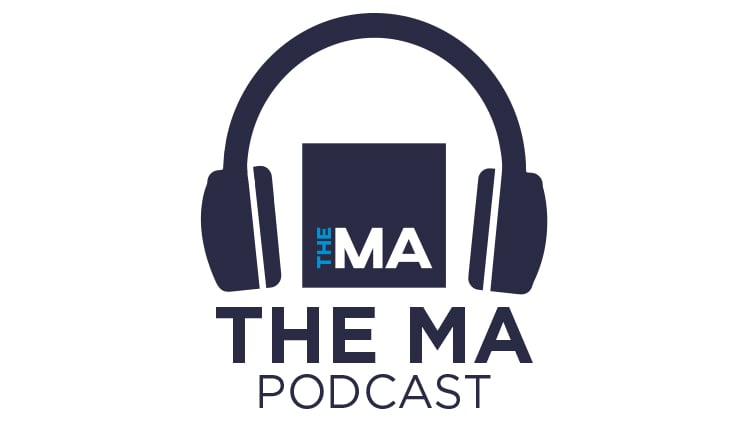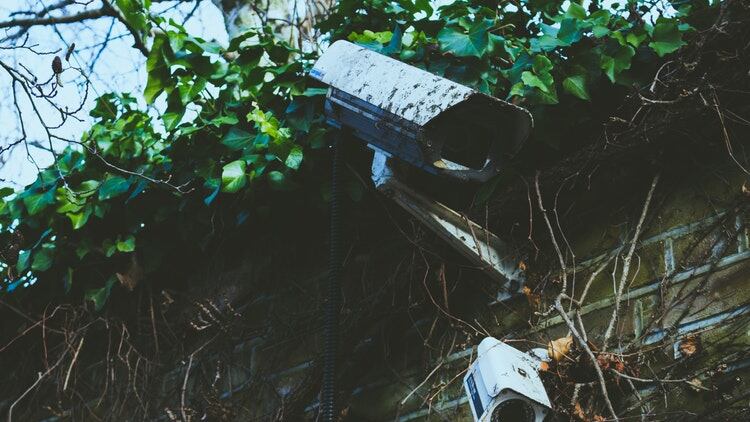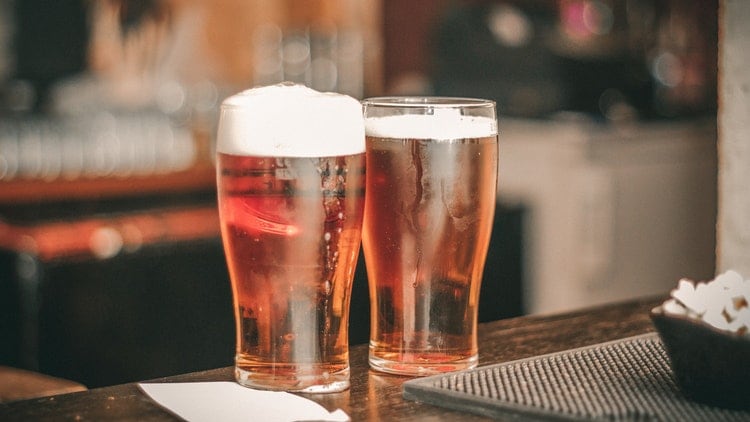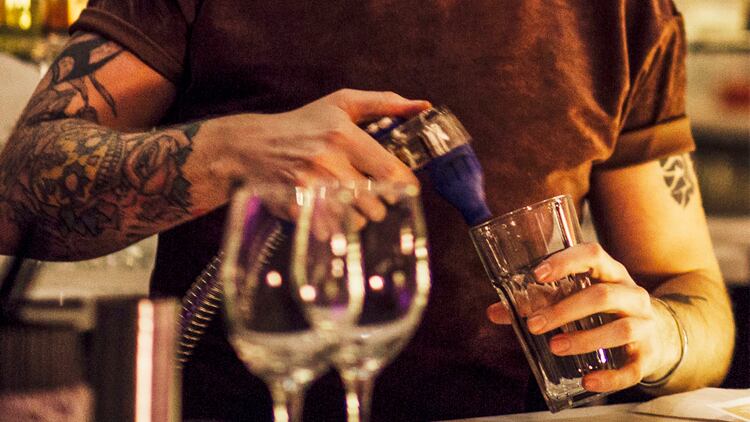
Soft drinks business Britvic outlines how to safely close down and reopen postmix.
Shut down:
- For a shut down of less than eight weeks, mains power should be left on but CO2 and water supply off. However, mains power should be turned off if shut down is more than eight weeks
- Remove all dispense nozzles and diffusers before cleaning and drying thoroughly
- Clean all valves before refitting nozzles and diffusers. Do not leave in soak
- Flush all drip trays with clean water
- The system can be left in this clean state for up to eight weeks. The dispense heads can be turned off in the normal way via key switch or the transformer
Restart:
- Remove and replace any out-of-date bag-in-box items
- Turn on CO2 and water before turning power to carbonator off and on to reset
- Remove and clean all nozzles and diffusers. Clean each valve before refitting nozzles and diffusers
- Clean connectors before attaching the new bag-in-box
- Dispense at least 3.5 litres of carbonated water, use the furthest head. If unsure, dispense at least 1 litre from each head. If a dedicated button is not available, remove a bag-in-box and use that flavour button to dispense the carbonated water
- If still products are available, repeat the above step for the still water
- Pour a finished drink, check the temperature (below 4.4°C) and resume service
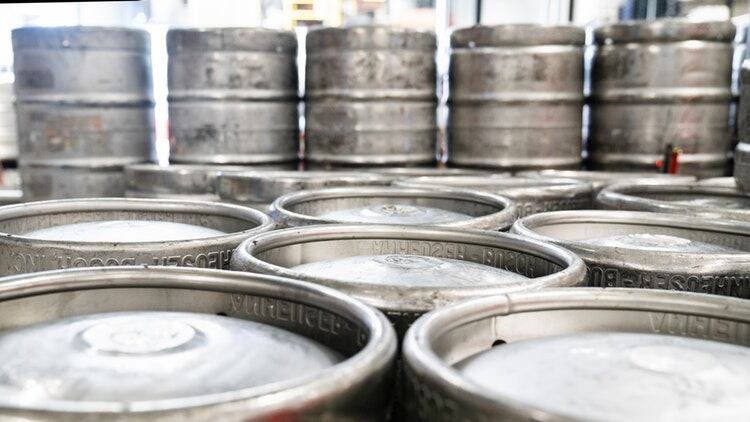
Cask Marque lays out how to look after cask and keg:
- Clean all cask and keg lines as per usual procedure
- Do not leave water in beer lines, empty keg lines by blowing and pulling water through until just air remains or fill lines with a protector
- All couplers should be sanitised and attached to ring main sockets
- Remove hop filters from cask lines and hang the lines off the floor
- Clean all cask equipment in sanitiser and leave to dry
- Turn remote coolers off at the plug
- If there are still unbroached kegs in the cellar, keep cooling fans on to preserve the life of stock otherwise, turn fans off and return any unused and in date stock to supplier
- Deep clean cellar walls, floors and sumps with sanitiser
- Ensure all empty casks are corked and stored securely
- Ensure all glassware is clean and stored on ventilated matting
- Drain glass washer, clean all filters and inner surfaces, turn off and leave door open
- Empty ice machines, sanitise internal surfaces, switch off and leave door open
- Remove sparklers and nozzles from spouts, clean in hot water and leave to air dry
- Remove stock from bottle coolers and optic rails, switch off fridges and leave open
- Carry out regular checks in the cellar (if possible) for damp, pests and ventilation
Cask Marque director Paul Nunny said: “It is important pubs, bars and hotels close down their beer dispense equipment using the correct procedures so when allowed to open again, their dispense equipment will be in good condition. The advice will also save money as they should return their surplus, in date, stock to their supplier.”
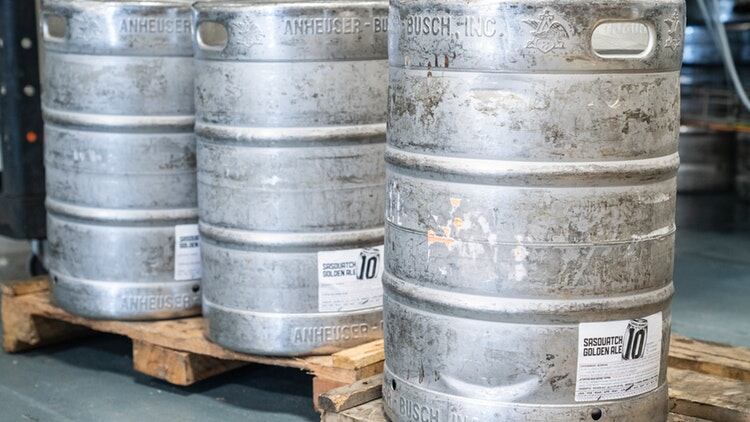
Vianet chairman James Dickson advises: “Go through the normal cleaning process and then disconnect the water line before blowing gas or air through to clear the lines of water. Anything left closed for shut down for seven days or more you would want to ideally blow it through.
“Then spray the various tap nozzles with couplers with alcohol sanitiser to clean them so they don’t develop bacteria because the last thing you want is bacteria in the lines.
“When you reopen, you would go though normal cleaning regime to avoid any bugs that may have developed.
“Some 24 hours before you are due to trade, put cellar cooling back on and get everything back up and running and get the beer in the cellar down to temperature. It ensures you are selling quality beer when you do reopen, that is what customers are going to want if they haven’t been in a pub for a long time.
“It is vital that lines are clean because if anyone just ups and leaves the pub and beer is left in the lines, there will be yeast infection build-up that could damage the lines so you’ve got a cost of making good that would delay a reopening and not good news at all.
“Beer in a keg has a life of 35 days, give or take, it is likely that by the time it got into the cellar it has probably got 10 days on it anyway, then another 25 days it is near the end of its life.”
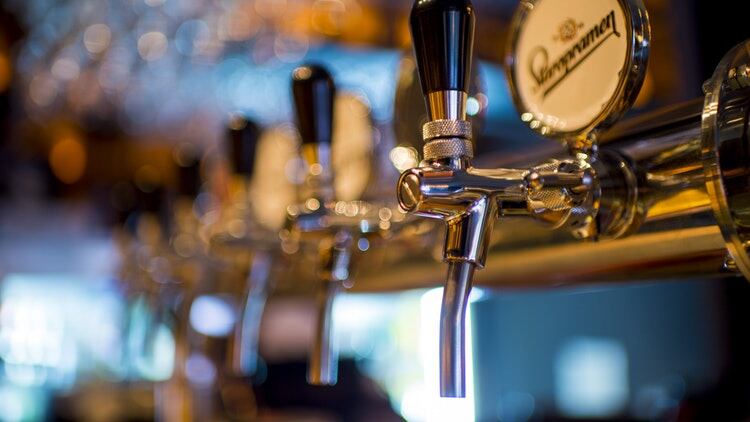
Beer Piper issued steps to help eliminate any risk and maintain the safety and functionality of their business:
- Turn off all remote coolers and beer gas lines throughout the period of closure
- Run a beer line clean on every draught product in turn, leaving beer lines in water once the clean has completed
- Do not reattach the keg coupler back onto the keg. If there are enough sockets on ring main, leave them attached to a socket
- Do not wrap dispense taps in plastic wrap because this could trap moisture and lead to mould growth
- If there is a substantial amount of beer in the cellar, the cooling system can be switched on as casks should be stored at a temperature between 52-55°F (11-13°C)
- Temperatures above this will rapidly accelerate ageing, which will, in turn, cause irreversible flavour damage to beer and cause it to go flat. It will also encourage extensive mould growth in damp cellars
- If operators use a beer line cleaning system, this should be used to flush the water through lines on a weekly basis (if possible)
- Line sanitisers can also be added manually to help keep lines in good shape during a prolonged period of inactivity
- All nozzles and sparklers should be removed and put into a pot with sanitising tablets. The nozzles can be left for up to three months, although using fresh tablets regularly is good practice, again, if possible
Beer Piper commercial manager Jeff Singer said: “If beer is left to stagnate inside lines for an extended period of time, there is a significant risk the lines will develop irreversible bacterial contamination, which can lead to gas leak hazards or a costly draught line replacement.”
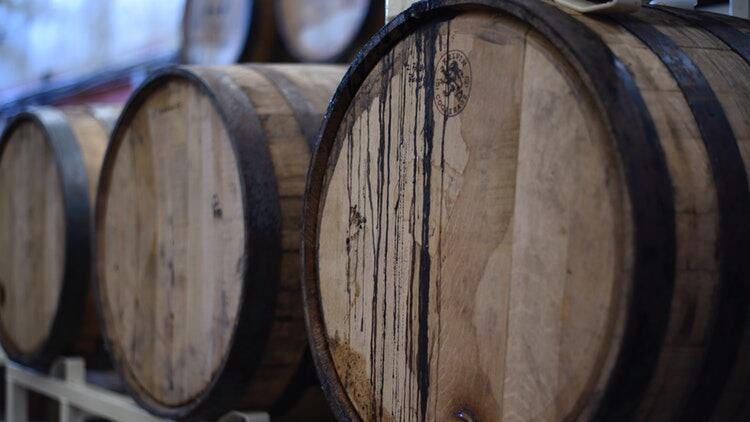
Innserve national customer relations manager Steve Lakin said: “To ensure beer dispense systems remain in an optimum condition, during the current lockdown, it is really important to make sure systems are cleaned thoroughly, as you would on a weekly basis.
“As an additional step, you must clear the lines of any residual water. This is easy to do and simply requires you to keep the taps open and wait until no liquid comes out.
“When couplers are cleaned, make sure they do not come into contact with the floor at any point. It is also important to leave the remote cooler and cellar temperature control turned off to save money.
“These simple, but vital, steps will ensure you will be ready to maximise your profits when we all come out of lockdown.”
In fact, when it comes to reopening, Innserve’s top tips include turning the cellar cooling, beer coolers and gas system back on before cleaning the beer lines in accordance with the standard process.
The lines then should be flushed with water before connecting the couplers to the kegs that are in date and the beer cooler will be ready to dispense at the correct temperature within two hours.


